So What Makes a Great Cover Song?
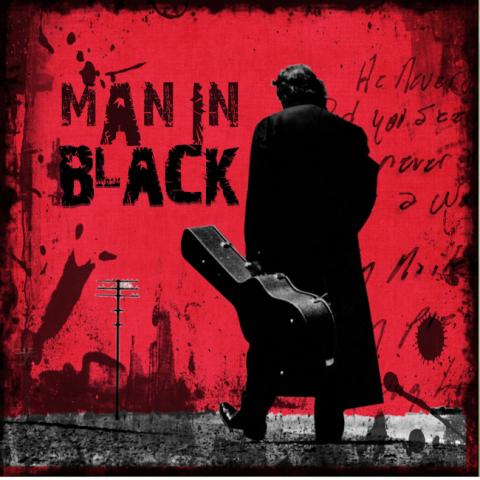
Our culture is obsessed with the idea of originality. We want things, people, and ideas to be fresh, new and authentic. We prize individuality and like people pushing into unseen territories, at least in theory.
In practice, it seems mass culture is more than happy to gobble up slews of reboots, remakes, tropes and well-established IPs; mobs of Twitter users and Redditors ready to tear you to pieces if you dare suggest their favorite piece of media is anything but an original artistic masterpiece…but I digress.
Despite our tendencies to bemoan derivative works, we love them, and often don’t give the great ones enough credit. Often unappreciated in the artistic world is a great cover song.
We may pretend we prefer the starving artist, a real Kurt Cobain type, brooding and writing raw emotional lyrics; but, there are plenty of terrific covers that challenge the originals in both quality and popularity.
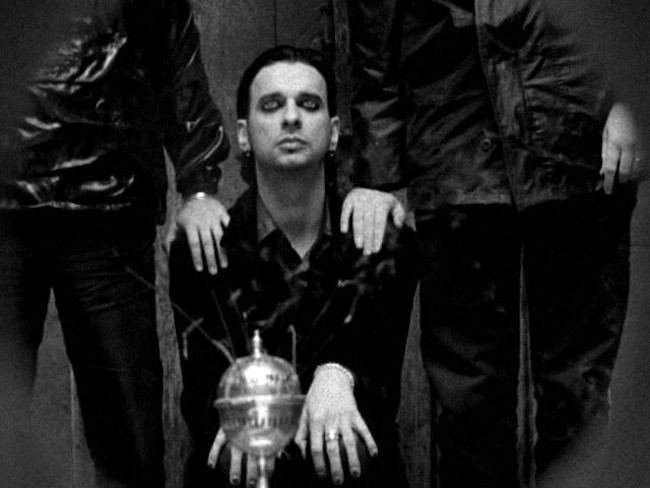
The most famous covers that come to mind are Johnny Cash’s versions of “Personal Jesus,” originally by Depeche Mode, and “Hurt” by Nine Inch Nails. Cash’s cover of “Hurt” possibly being the most iconic of all time.
Both Cash covers deviate greatly from the original songs. Aside from fairly subtle piano accompaniment, Cash’s versions of both songs feature just him and an acoustic guitar. His low voice and the somber way in which he plays the songs contribute to how dark they feel.
“Hurt” specifically has a lot of emotional weight to it to begin with, due to its themes of mental illness and self-harm. Couple that with Cash’s rich and raspy voice, and it’s easy to see how his version of the song became so iconic.
This is not to denigrate the originals, however, which in their translation into a more stripped-back “singer-songwriter” style, lost a lot of their coolest elements. The original Nine Inch Nails version of “Hurt” is a lot higher, with a progression that gives the song a sort of unsettling feeling. When paired with Trent Reznor’s breathier vocals, you get the same powerful song but with a more distinct and unsettling alt-rock feel.
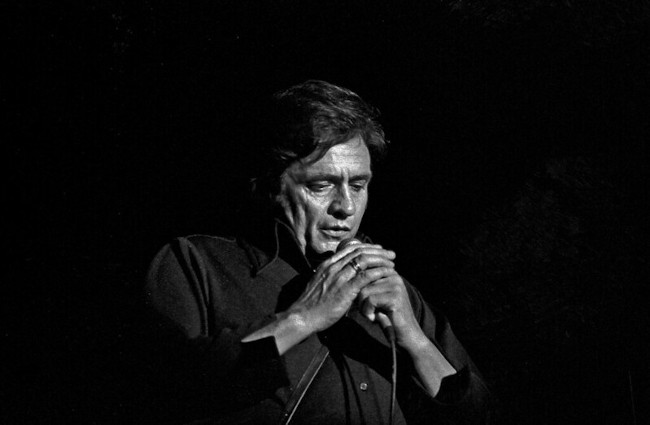
Similarly, Depeche Mode’s “Personal Jesus” gets stripped of all its unique electronic elements and driving drum beat. While Cash's version gets rid of a lot of these elements, Marilyn Manson has a much more faithful rendition of the original song’s structure.
The Manson version of the song, however, adds crunching guitars, dissonant feedback and his eclectic singing, which serve to add to a harder, more rock-oriented version of the song.
But if we are going to talk about what makes a good cover, we should also address what makes a bad one. A notable, recent example would be Weezer’s 2018 cover of “Africa,” originally by Toto.
Weezer’s cover inexplicably became immensely popular after its release. I say inexplicably, because to someone not familiar with the original song, the Weezer cover sounds essentially indistinguishable from the original, aside from Rivers Cuomo's distinct voice.
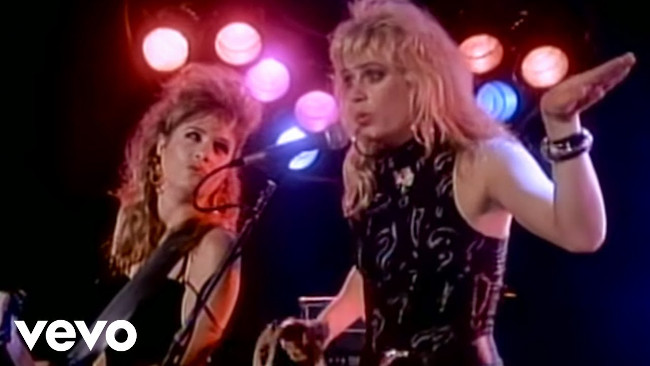
The recording isn’t of poor quality or faithfulness to the original work. That's just it; it’s too faithful. Unlike Cash’s versions of “Hurt” and “Personal Jesus,” nothing is changed in a substantial way. Weezer’s cover seems redundant in a world in which Toto has already written “Africa,” and I say this as a fan of Weezer (and not one of the variety who says the only good albums are Pinkerton and Blue).
Toto, in response to Weezer, made a less popular, far superior cover of “Hash Pipe,” a track off of Weezer's Green album. Everything Weezer's cover does wrong, Toto's does right.
Toto takes an already crunchy and heavy song and makes it sound even harder, most notably adding a cool guitar riff that accentuates the main groove and a well-placed stop right before the first verse of the song.
While Toto’s cover doesn’t bend the genre of the original song, or alter its tone, the changes made enhance and differentiate it from the original in a unique way. In the interest of time, below is a list of more famous, and high-quality covers:
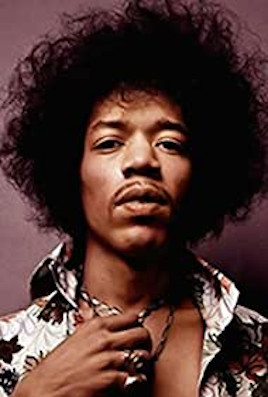
- “Come Together” covered by Aerosmith and later Gary Clark Jr (originally by the Beatles)
- “Billie Jean” covered by David Cooke (originally by Michael Jackson)
- “Tainted Love” covered by Soft Cell (originally by Gloria Jones)
- “Hazy Shade of Winter” covered by The Bangles (originally by Simon and Garfunkel)
- “99 Red Balloons” covered by Goldfinger (originally by Nena)
- “War Pigs” covered by Cake (originally by Black Sabbath)
- “I Will Survive” covered by Cake (originally by Gloria Gaynor)
- “Smokin’ in the Boys Room” covered by Motley Crüe (originally by Brownsville Station)
- “Valerie” covered by Amy Winehouse (originally by the Zutons)
- “You Really Got Me” covered by Van Halen (originally by The Kinks)
- “Walk This Way” covered by Run DMC feat. Aerosmith (originally by Aerosmith)
- “Respect” covered by Aretha Franklin (originally by Otis Redding)
- “Love Buzz” covered by Nirvana (originally by Shocking Blue)
- “How I Could Just Kill a Man” covered by Rage Against the Machine (originally by Cypress Hill)
- “All Along the Watchtower” covered by Jimi Hendrix (originally by Bob Dylan)
- “The Man Who Sold the World” covered by Nirvana (originally by David Bowie)
- “I Fought the Law” covered by The Clash (originally by the Bobby Fuller Four)
- “I Love Rock and Roll” covered by Joan Jett and the Blackhearts (originally by the Arrows)
- “Twist and Shout” covered by The Beatles (originally by the Isley Brothers)
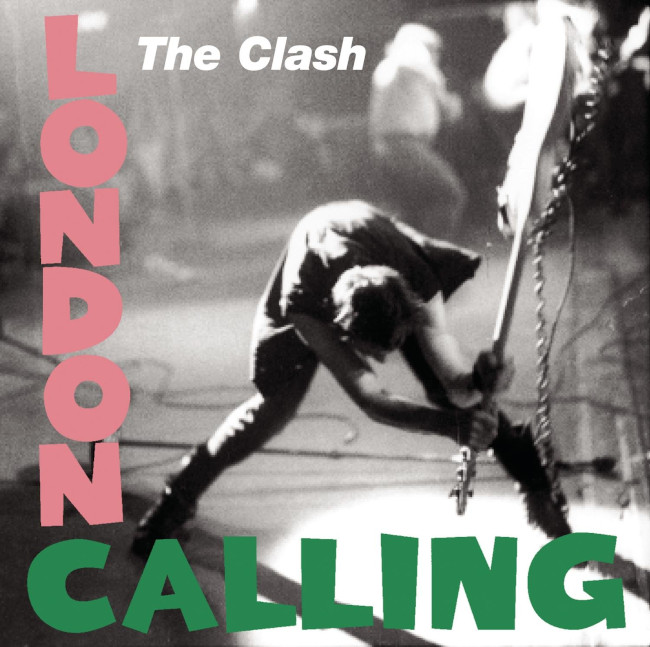
An exceptional cover changes the original work in a significant way. A great cover gives a song a new and renewed life under a different artist. Genre-bending is an interesting way to do this.
Shifting a song to a new genre is one of the best ways to breathe new life into it. Me First and the Gimme Gimmes is a punk rock supergroup that focuses exclusively on cover songs.
Forged partially from the somewhat ironic punk movement of covering pop music Me First and the Gimme Gimmes covers broad swaths of music, with songs like “Sweet Caroline,” “I Believe I can Fly,” “Jolene,” “I Will Survive,” “My Heart Will Go On” and even Broadway musicals with their cover of “The Phantom of the Opera” – all performed in a Punk Rock style.
A number of musicians have had success with this same sort of formula. Postmodern Jukebox is a band popularized through YouTube that covers popular music in styles such as swing and jazz, reimagining songs as if they were made in various decades, typically between the 20s and 60s.
Anthony Vincent is another musician who gained a lot of popularity doing songs in “20 different styles.” In these videos, he plays through a single song frequently switching the tone of the song to emulate how it might sound as performed by another artist.
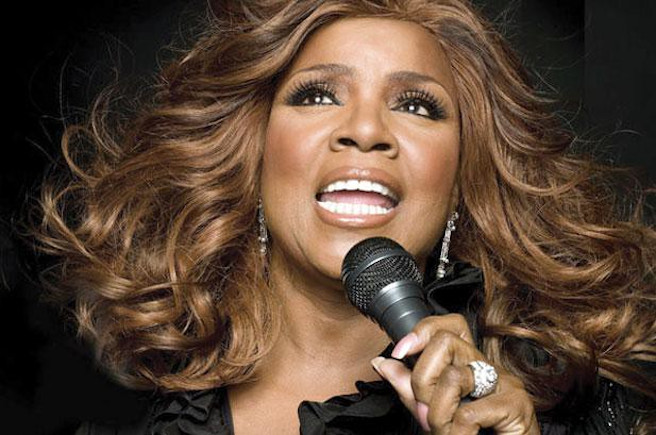
As of late he has also been doing full songs in the styles of other artists, the most recent one being a cover of Britney Spears’ “Toxic” in the style of Korn.
Covers are not the only way quality derivative music has been made. Yes, the internet does indeed produce many wonderful things, including music mash-ups. Many of these are absurd, for comic effect, such as mashing up the anthem of the Soviet Union with All Star by Smash Mouth, others create genuinely terrific music. One example is this amazing mashup of more famous artists and songs than I can count, uploaded on YouTube by Dido (fan club). This song mashes Led Zeppelin, Aerosmith, The Red Hot Chili Peppers, Run DMC, The Rolling Stones, AC/DC and countless others into a flawlessly executed coherent song.
Derivative works are often unfairly denigrated. We all like originality, and there is no question that the reuse of existing ideas and tropes has become an increasingly frustrating direction that media (particularly film and TV) is taking. But it’s important to remember that a derivative work can be, and is, often good.
The adaptation and reworking of great pieces of art is something done by artists big and small, and many famous songs aren’t written by the artists who perform or popularize them.
Often unrecognized are the smaller artists, whether writing the next big song that will be popularized by someone else, or crafting something new and unique out of already great art. Just because something isn’t brand new doesn’t mean it isn’t incredible.
Author Bio:
Garrett Hartman is a contributing writer at Highbrow Magazine. He is a California State University, Chico, student double-majoring in media arts design technology and Journalism/PR. A lover of pop culture, Garret enjoys a wide array of film, television, video games, and literature. However, as a drummer in a rock band and an alt-rock enthusiast, music holds a special place in his heart.
For Highbrow Magazine
Image Sources:
--Venita Oberholster (PublicDomainPictures, Creative Commons)
--Heinrich Klaffs (Flickr, Creative Commons)
--Igor Tokarski (Wikimedia, Creative Commons)
--Tom Britt (Flickr, Creative Commons)































































































































































































































































































































